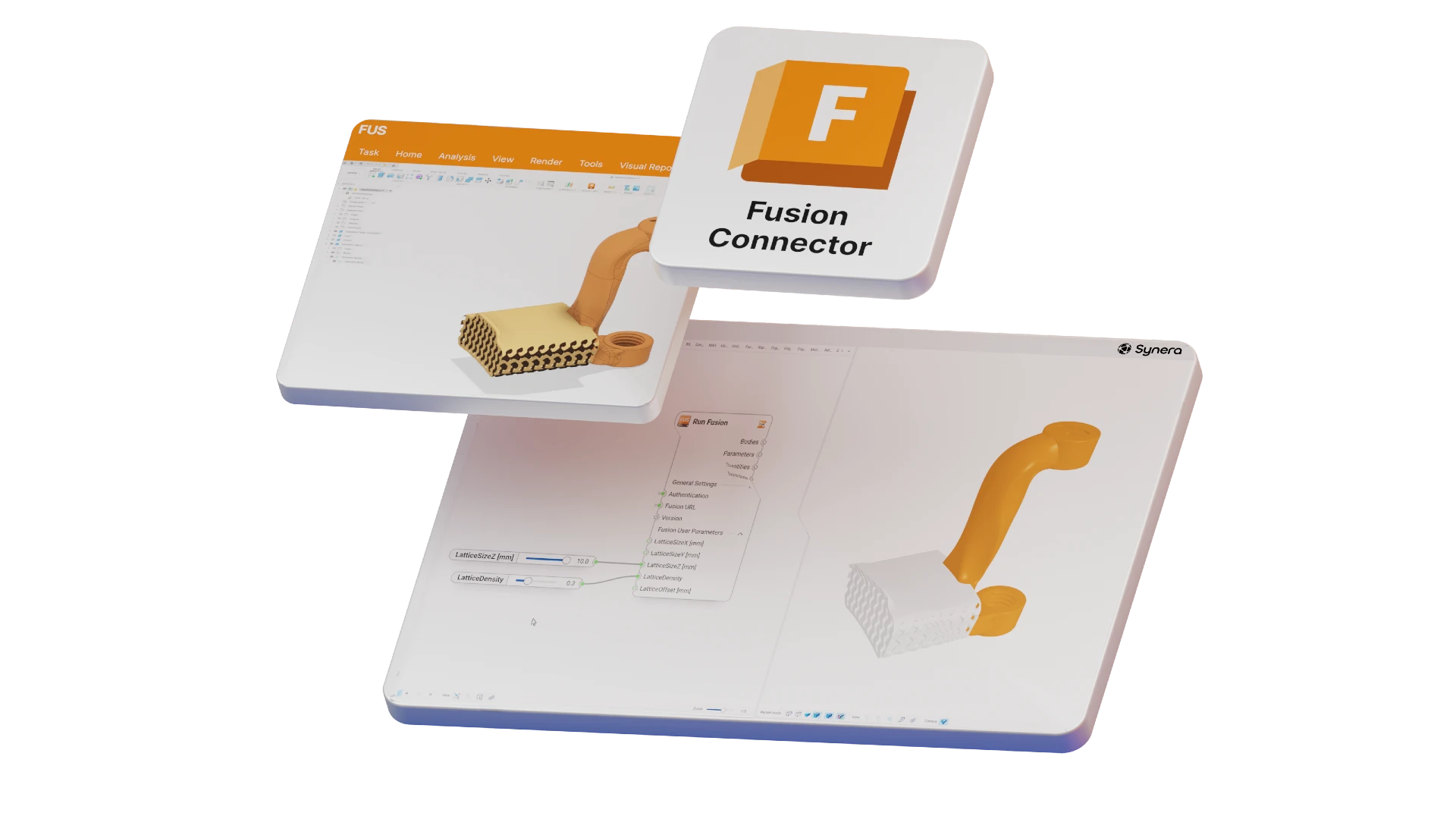3D printing now produces components whose shape and properties were previously unthinkable. Developers go one step further when they use complex lattice structures for their design. In this way, a single component can have very different mechanical properties. For example, it is stiffer in one place than in another, yet the product is lighter overall. Components with such outstanding properties can now be designed automatically on the Synera (formerly known as ELISE) development platform. For this purpose, the platform integrates the software of the provider Solo Lattices.

The combination of these two innovative solutions unleashes the technical design of highly effective and finetuned parts: developers can design geometries whose production was previously physically unimaginable. “With the cooperation of our companies, we are taking product development for 3D printed parts to a new level,” says Moritz Maier, co-founder and CEO of Synera. Special software is needed to develop such complex lattice structures. Solo Lattices from Ireland is a technical pioneer in this highly innovative field. With the software of this young company, lattice structures can be created in generative design. Says founder David Alarco: “This makes ideas feasible that were previously prevented by many restrictions.” One important application is medical technology. Here, additively manufactured implants are significantly lighter and yet more stable than previous products. And because they are porous due to the lattice structure, they are much better accepted by the body tissue.
The material, such as titanium, is built up layer by layer in a lattice structure for such implants. Nature has used this construction principle for millions of years to achieve the best combination of material use and strength in plants. Today, engineers succeed in doing the same – by using 3D printing to apply the starting material layer by layer.
The integration of Solo Lattices into the Synera development platform fulfils an engineer’s dream: designers receive an automated and continuous workflow for the construction of future-oriented lattice structures. Self-supported lattice designs enhance the 3D printing capabilities reducing the cross-section, controlling sintering warping, and eliminating support removing process. On Synera, graphic programming provides them with a uniform language across all work steps. In this way, lattice structures can be seamlessly integrated and, for example, linked to a stress distribution. This creates a different strength at different points of the component out of a single material.





